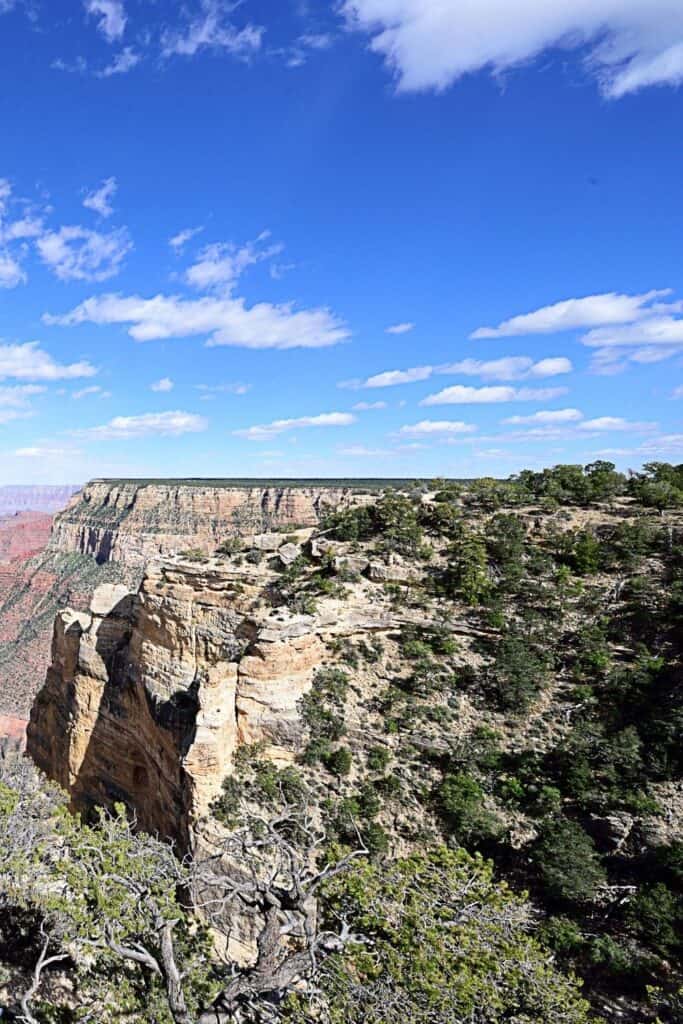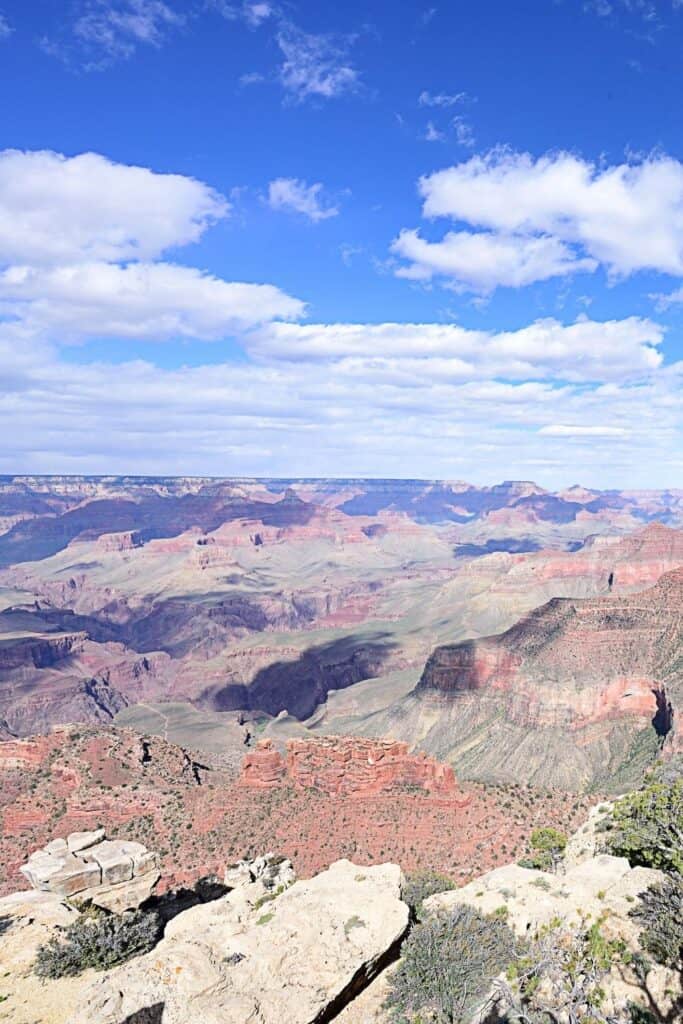When you are visiting the Grand Canyon, you’ll want to watch out for several animals, including bighorn sheep. This huge animal can weigh up to 250 pounds and is commonly seen perched along the rocky terrain. Most of them live in small groups of eight to ten, but there are reports of larger herds of 20. They’re also very secretive and hunt during the night. If you’re lucky, you may even see one!
You may not realize that there are 22 different species of bats in the Grand Canyon, but this is one of the highest numbers of bats in the United States. Some bats eat insects, while others eat the nectar of fruit-producing plants. This is important because bats help to pollinate plants and increase the productivity of a range of ecosystems. Sadly, bats are becoming endangered, and there’s a high risk of the disease White Nose Syndrome, which can be fatal to them.
The NPS has been working to advance our general understanding of the Grand Canyon’s wildlife for over 100 years. The agency conducts research into the lives and habitats of these creatures, as well as their impact on the environment and human presence. These efforts started in 1919, when NPS officials first began scientific investigations in the Canyon. During this time, early naturalists were conducting baseline lists of species, including geologic features, plants, and birds.
In 1928, the National Park Service (NPS) modified its predator control program. Now, the NPS’s policy is to hunt predators only when necessary and to reduce their population to a manageable level. Thankfully, the practice ended in 1931. Despite the change in attitude towards wildlife in the Grand Canyon, wildlife in the area has remained stable. As a result, you can enjoy the canyon’s majesty without worrying about the dangers of the big cats.
You can find a wide variety of different types of animals in the Grand Canyon. Spiders, such as black widows and tarantulas, are common, as are mushrooms, prickly pear trees, and other edible plants. While you’re visiting the Grand Canyon, make sure you exercise caution around animals. Don’t approach them or try to touch them, as this could be harmful to them. It’s better to stay away from any potentially dangerous species, such as snakes, spiders, and lizards.
- Elk: Elk are one of the most common animals in the Grand Canyon, and can often be seen grazing in meadows or along the rim. Male elk have large antlers, which they use to attract mates during mating season.
- Bighorn Sheep: Bighorn sheep are another common sight in the Grand Canyon, and can often be seen climbing the steep cliffs and rocky terrain. Male bighorn sheep have large curved horns, which they use to fight other males during mating season.
- Mule Deer: Mule deer are a common sight in the Grand Canyon, and can often be seen grazing in meadows or along the rim. They are named for their large ears, which resemble those of a mule.
- Mountain Lions: Mountain lions are one of the top predators in the Grand Canyon, but are rarely seen by visitors. They are solitary animals and are most active at night.
- Bobcats: Bobcats are smaller than mountain lions, but are still fierce predators. They are more active during the day than mountain lions, and can often be seen hunting small mammals and birds.
- Coyotes: Coyotes are common in the Grand Canyon and can often be heard howling at night. They are opportunistic hunters and will eat a variety of small animals.
- California Condors: California condors are one of the most endangered birds in the world, but have been successfully reintroduced to the Grand Canyon. They have a wingspan of over 9 feet and are one of the largest birds in North America.
- Peregrine Falcons: Peregrine falcons are another bird of prey that can be found in the Grand Canyon. They are one of the fastest birds in the world, with speeds of over 200 miles per hour.
- Rattlesnakes: Several species of rattlesnakes can be found in the Grand Canyon, including the western diamondback rattlesnake and the Mojave rattlesnake. Visitors should be cautious when hiking in areas where rattlesnakes are known to live.
- Gila Monsters: Gila monsters are large, venomous lizards that can be found in the Grand Canyon. They are slow-moving and are most active during the spring and fall.
When encountering wildlife in the Grand Canyon, it’s important to remember to keep a safe distance and never approach or feed the animals. Visitors should also be aware that some animals, such as mountain lions and rattlesnakes, can be dangerous if provoked. By respecting the wildlife and following park regulations, visitors can enjoy a safe and memorable experience in the Grand Canyon.
Related posts:
If you want to see the most beautiful part of the canyon, you should take a Grand canyon tour. It's an experience that will surely leave a lasting impression. It's one of the most scenic places in the world, and the Grand Canyon is certainly one of t...
The Grand Canyon National Park is one of the most popular tourist destinations in the United States. It is known for its breathtaking natural beauty, geological wonders, and stunning hiking trails. One of the most challenging and rewarding ...
If you've ever wanted to experience the Grand canyon in its entirety, then you've come to the right place. This Arizona park contains much of the vast canyon and is filled with layered bands of red rock that reveal millions of years of geological his...
If you're a big fan of the outdoors, you can enjoy a Grand Canyon tour. This 277-mile-long gorge is one of the world's most spectacular sights. The majesty of the canyon is enhanced by the natural beauty of its surrounding desert landscape and wildli...
The Grand Canyon is one of the most spectacular places on earth, and the South Rim is one of the most popular places to visit. There are a variety of things to see and do, including hiking the North and the South Rim. The views are incredible and you...
A river trip through Grand Canyon National Park is an unforgettable experience that allows visitors to explore the canyon from a unique perspective. Here are some things to know before embarking on a river trip through the Grand Canyon: ...